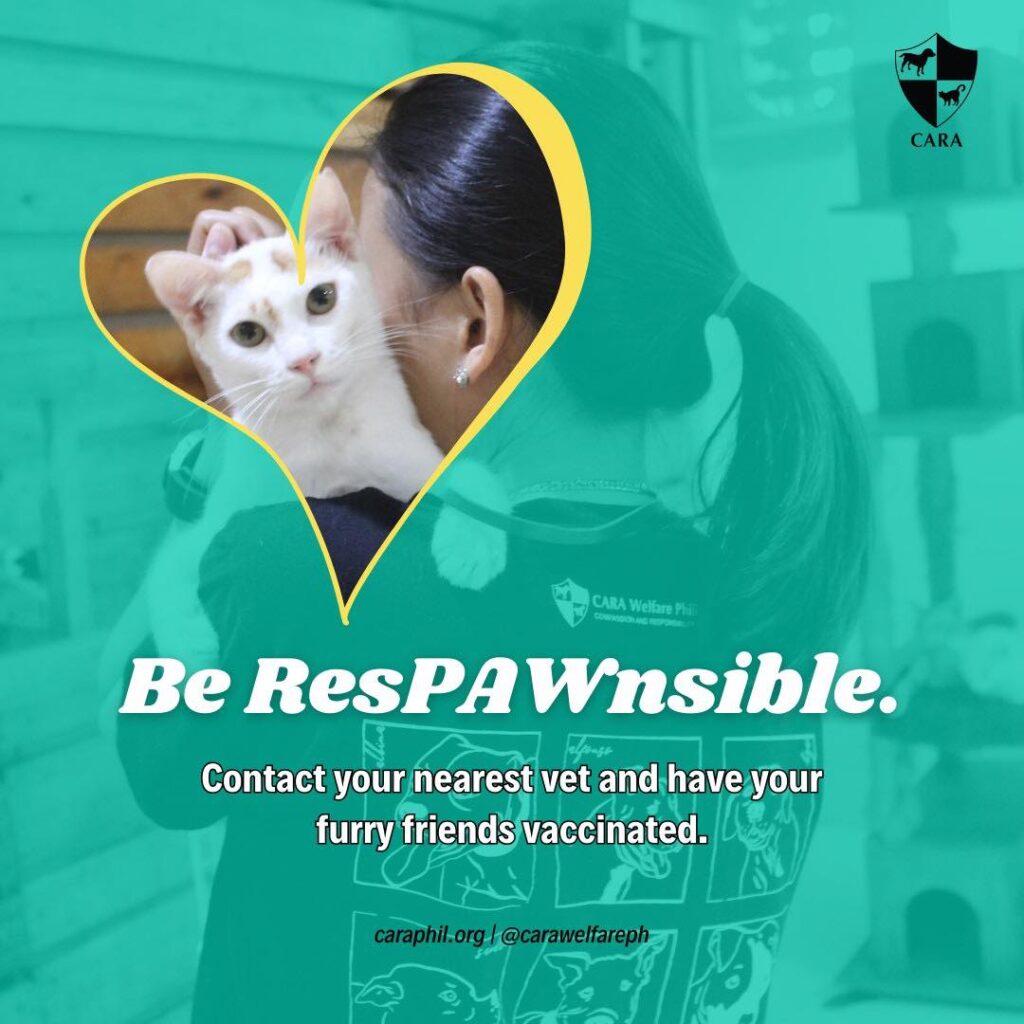Hey everyone! Buckle up for a quick rabies rundown!
Every March, we dedicate a whole month to raising awareness about this serious, yet preventable, disease. Why? Because knowledge truly is power, and in this case, it can empower you to protect yourself and your loved ones, both furry and human.

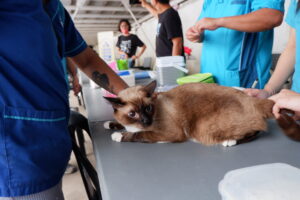
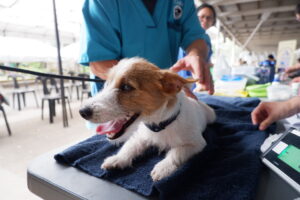
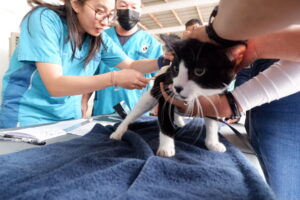
Shining a Light on Rabies
Rabies Awareness Month is all about getting the word out! We want to equip communities with the information they need to recognize rabies, prevent its spread, and most importantly, seek timely care if needed. This includes understanding how to prevent the disease in animals, how to identify potential rabies cases, and what steps to take if you or someone you know gets bitten.
Why Rabies Prevention is PAWsitively Important
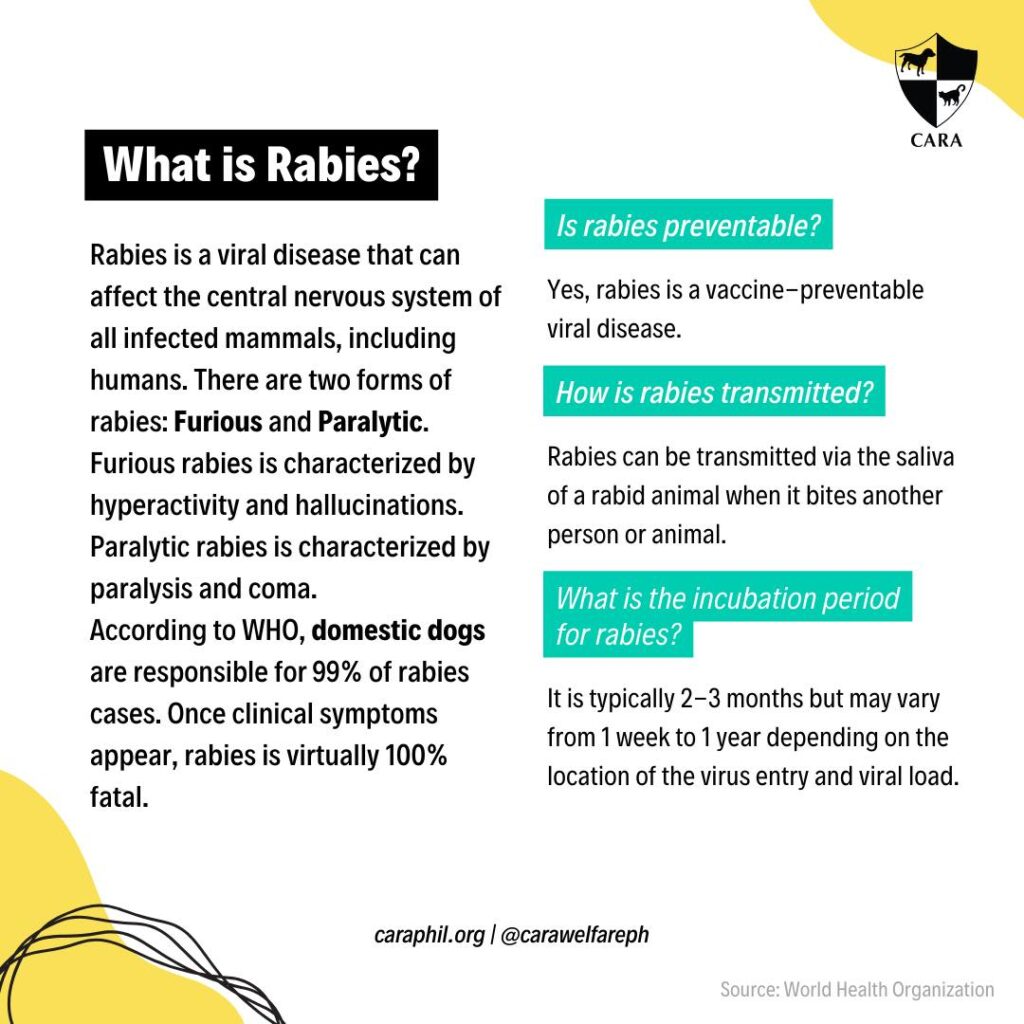
Let’s be honest, rabies is no walk in the park. This nasty virus, transmitted from animals to humans, attacks the central nervous system, leading to scary symptoms like seizures, paralysis, and ultimately, death. It mainly spreads through the saliva of infected animals, typically through bites, but very rarely through contact with open wounds or mucous membranes.
While any warm-blooded animal can contract rabies, it is most commonly found in wildlife like raccoons, skunks, foxes, and even our tiny flying friends, bats. Domesticated animals like dogs and cats can also get rabies if they are not vaccinated. However, you can rest easy knowing that rodents, birds, reptiles, fish, and insects are not carriers of rabies.
Taking Action: Be a Rabies Prevention Superhero!
Here’s the good news: rabies is entirely preventable! Here are some superhero-worthy actions you can take to protect yourself and your furry companions:
- Vaccinate your dogs and cats regularly: This is the single most effective way to prevent rabies transmission. It is both legally required and incredibly important.
- Keep your pets leashed and supervised: Uncontrolled pets are more likely to encounter rabid animals.
- Avoid contact with wild animals: Even the cutest-looking critter could be carrying rabies. It is best to admire them from afar.
- Do not keep wild animals as pets: It is illegal and dangerous. Stick to the domesticated variety!
- Make your home unwelcoming to wildlife: Seal up any potential entry points and keep trash cans secure.
By following these simple steps and staying informed, we can all play a vital role in keeping rabies at bay. Remember, awareness is the first bite towards a rabies-free future!
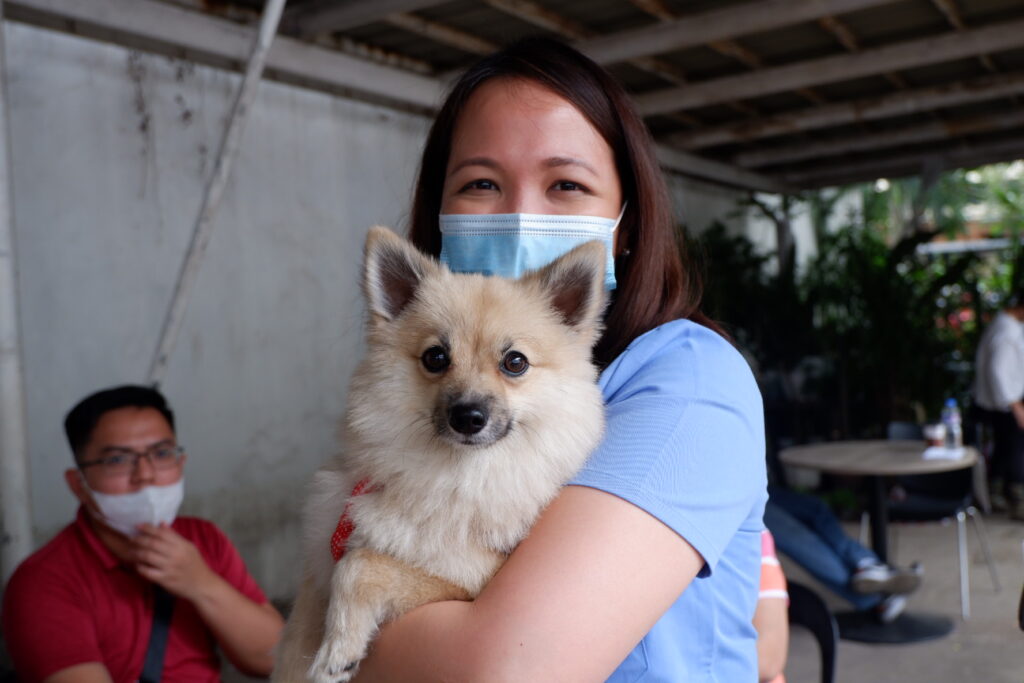
Story by Mary Pearl Polias
REFERENCES:
- https://www.who.int/activities/human-rabies-prevention-and-management#:~:text=Awareness%20of%20rabies%20disease%20engages,in%20case%20of%20a%20bite
- https://dchealth.dc.gov/service/rabies-prevention#:~:text=Rabies%20is%20a%20fatal%20disease,convulsions%2C%20paralysis%20and%20finally%20death
- https://www.who.int/news-room/fact-sheets/detail/rabies#:~:text=Initial%20symptoms%20of%20rabies%20include,brain%20and%20spinal%20cord%20develops
- https://dchealth.dc.gov/service/rabies-prevention

